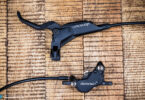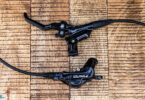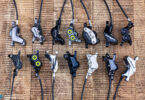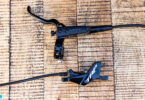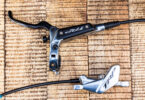The Review | The BH Lynx 4.8 27.5″ Carbon 9.9 in Test
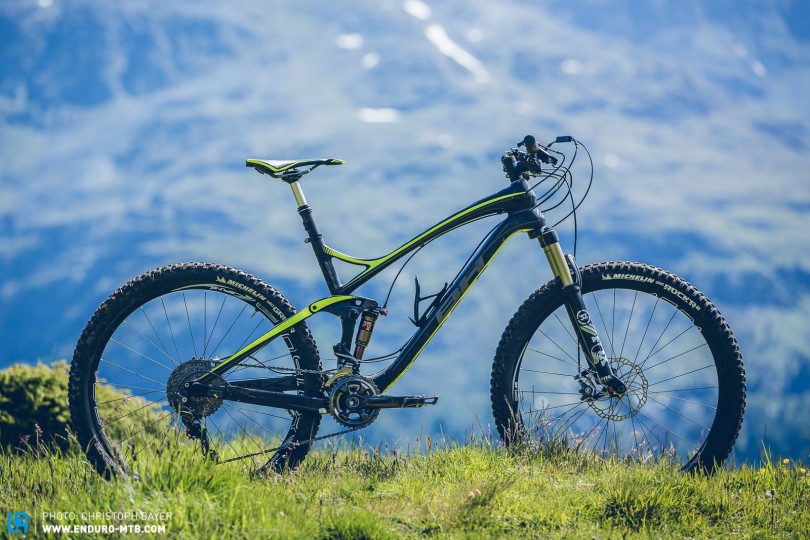
While Spain’s BH Bikes enjoy a stellar reputation across the globe –probably best known for their rather distinctive head tubes – they remain relatively unknown within Germany and the UK. After coming away decisively satisfied with the Lynx 6 Carbon 9.7, we took it upon ourselves to test the newest addition to the BH collection, the Lynx 4.8 27.5″ carbon trail bike.
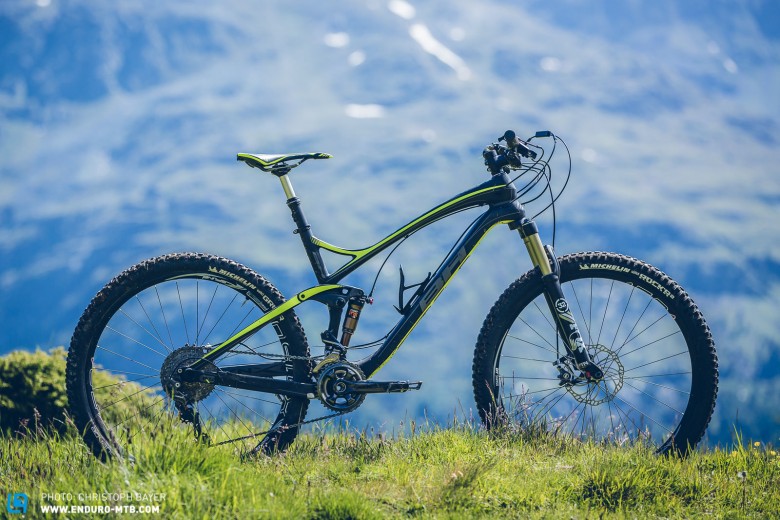
Torn is perhaps the best way to describe our first impression of the BH Lynx 4.8 27.5″. On the one hand you’re faced with this irrefutably stunning carbon frame that boasts countless excellent details like the internally routed cables, the high quality bearing seats and the overall quality finish. Yet the bike seems cluttered, not least because of the two remote cables, the 2×11 drivetrain and the multitude of clamps on the bars. If we were Super Nanny, then we’d almost certainly send the guys from BH right back to their bedroom to tidy it before dinner.
In terms of its look, this brand new 120 mm trail bike slots in perfectly to the bike range at BH. Not only does the head tube and main frame more than match the Lynx 6, but the 4.8 also features an identical rear end that consists of the split pivot rear, which minimizes drivetrain influences and brake juddering while offering maximum traction at the same time.
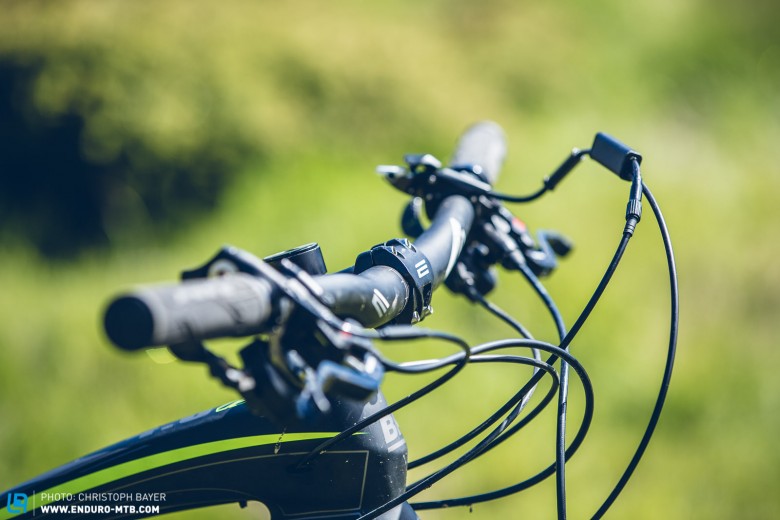
The rear travel of the BH Lynx 4.8 27.5″ Carbon stands at 120mm, and the front comes as standard with the high quality FOX 32 Factory Kashima forks. Our test bike ‘only’ came with the performance version. The rest of the spec was consistent with the retail spec, apart from the more aggressive front tyre and shorter stem on our test bike. There’s nothing to complain about when it comes to the well selected components: the mechanised XTR groupset ensures fast and precise shifting, the Magura MT8 brakes are reliable as ever and the tough, lightweight, proven DT Swiss XM 1501 Spline wheels are easy to pick up speed on. Our test riders heaped an equal amount of praise on the stock KS dropper post. And regardless of how much travel a bike has, a dropper post is now obligatory!
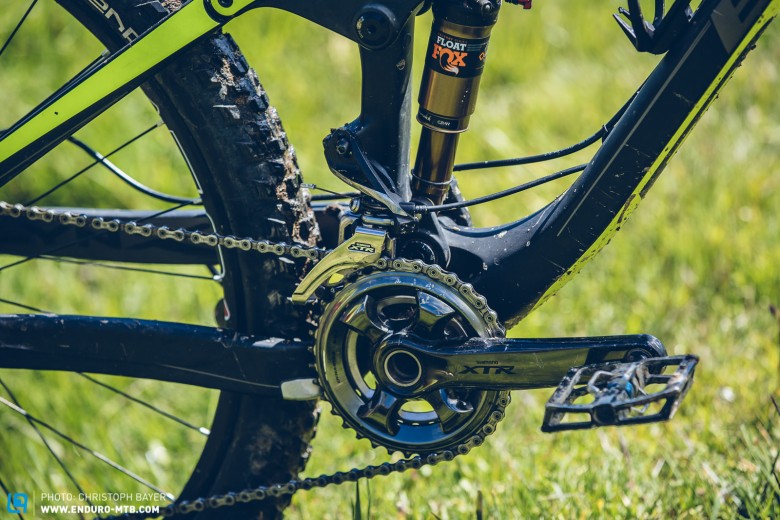
The Geometry
Compared to their other bikes, BH have designed the Lynx 4.8 27.5″ to take more modern geometry. The combination of the long 458mm reach for a large-sized frame with the short 426mm rear has already proven itself as the provider of brilliantly agile handling. Paired with the moderate 68° head angle, the result is a compact wheelbase of 1167mm (size L). The bike comes in four sizes, ranging from small to extra large.
Here’s an overview of the crucial geometry stats:
| Size | S | M | L | XL |
|---|---|---|---|---|
| Top Tube | 600 mm | 625 mm | 640 mm | 655 mm |
| Chainstay | 426 mm | 426 mm | 426 mm | 426 mm |
| Head Angle | 68° | 68° | 68° | 68° |
| Seat Angle | 73° | 73° | 73° | 73° |
| BB Height | -25 mm | -25 mm | -25 mm | -25 mm |
| Seat Tube | 400 mm | 440 mm | 480 mm | 530 mm |
| Reach | 418 mm | 4442 mm | 458 mm | 475 mm |
| Stack | 585 mm | 598 mm | 5614 mm | 630 mm |
Uphills
As the long top tube on the BH Lynx results in an already stretched-out riding position, we were pleased to see that our test bike only had a 55mm stem (the series bikes will come with a 90mm stem – this should definitely be first on your list of alterations!). With the saddle edged forwards, our test rider of 180cm had a central and comfy position. As the front tyre stayed planted even on the steepest of climbs, we ended up mounting all three spacers (3cm) under the stem, so that both climbing comfort and control on descents increased. More than living up to expectations, the Split Pivot rear promised a lot and delivered on it all. Even without activating the additional platform damping, the bike suffered zero pedal-bob, never kicked out on steep climbs and only got a little twitchy when we hammering it out of the saddle. As traction was there in abundance, even the most unforgiving, technical climbs were taken on graciously. This is yet another reason that leads us to wonder why BH kitted the bike out with the unattractive and inefficient remote lever.
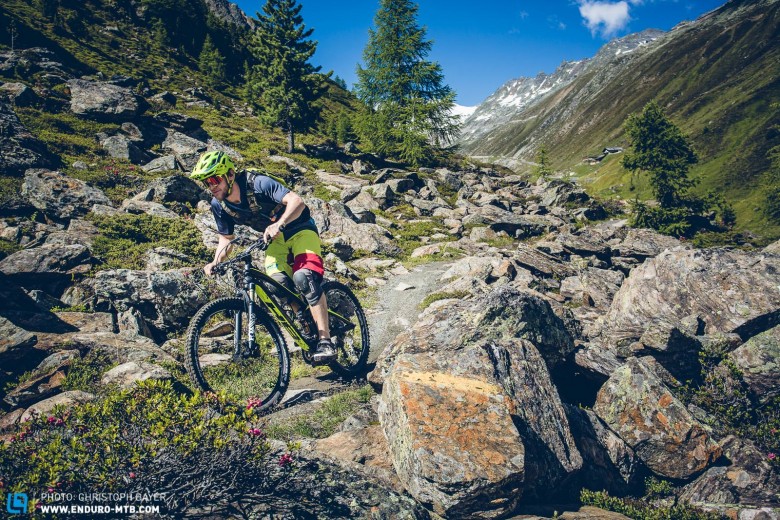
The Downhills
Of course, 120 mm of travel is just 120mm, so if you are looking for a plush enduro-style suspension set-up then this isn’t the bike for you. However, the 120mm at the rear is simply so effective that it feels far more potent to the rider. This is partly due to its incredibly responsive nature, but also due to the defined end progression that renders bottoming out nigh on impossible. Paired with the considered geometry and the sensible cockpit, the bike is playful and agile to maneuver while never once forsaking any stability.
Looking for a weak point on the Lynx then you’ll probably settle on the forks. This isn’t because we didn’t test the Kashima model either – instead, it’s just than the 120mm travel of the FOX 32 forks is shadowed by the performance of the rear. To unlock the full potential of the bike, we’d recommend FOX 34 forks with 130mm travel.
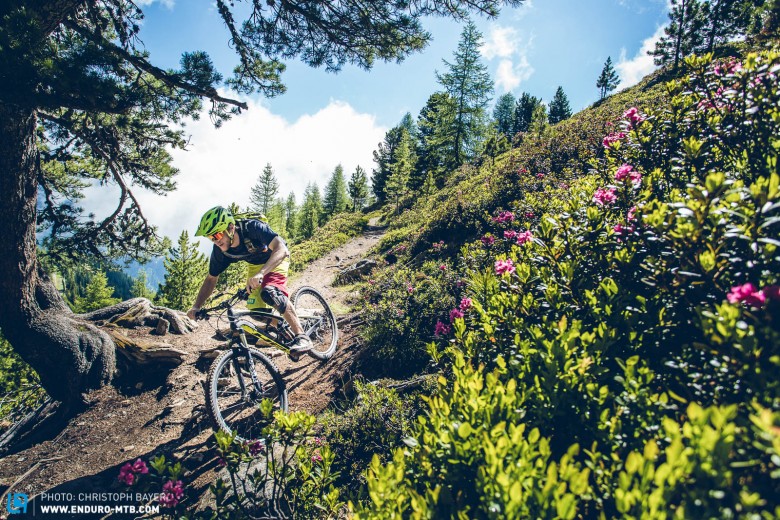
On flat, swooping trails, the BH Lynx 4.8 is a true trail whippet, impressing us with its lively ride, balanced nature and high exit speeds from corners.
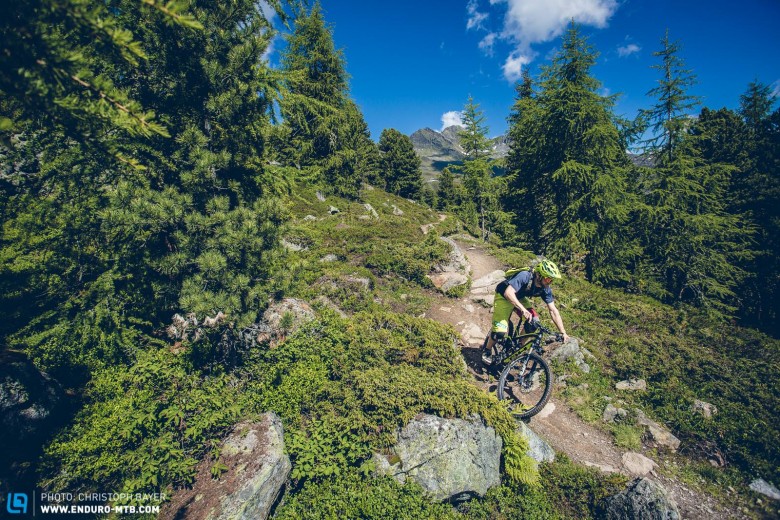
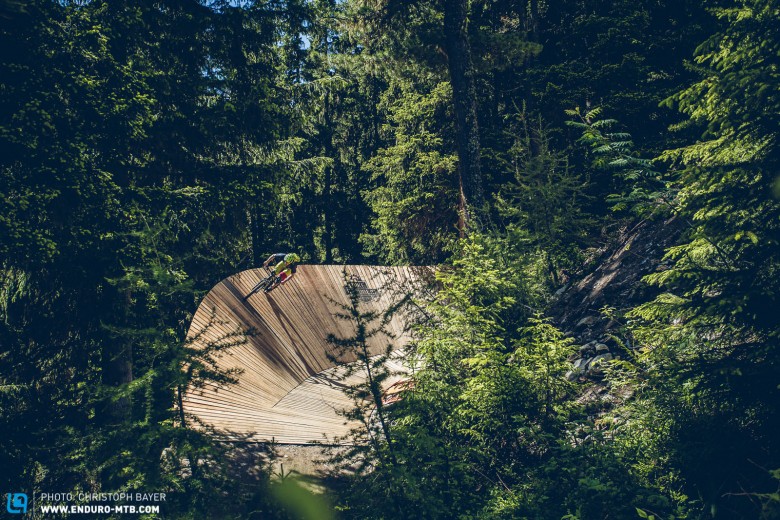
Conclusion
There’s definitely something about the BH Lynx 4.8 27.5 Carbon! Much more than just a first-rate rear, clever geometry and lovely finish, the Lynx takes on descents and climbs like a maestro. When it comes to spec, there is still room for improvement and we’d prefer more downhill-orientated forks and a 1×11 drivetrain. This would unlock the full potential of the admittedly stunning frame that’s so close to bordering on perfect.
For more info, visit: bhbikes.com
Words & Photos: Christoph Bayer
Did you enjoy this article? If so, we would be stoked if you decide to support us with a monthly contribution. By becoming a supporter of ENDURO, you will help secure a sustainable future for high-quality mountain bike journalism. Click here to learn more.



